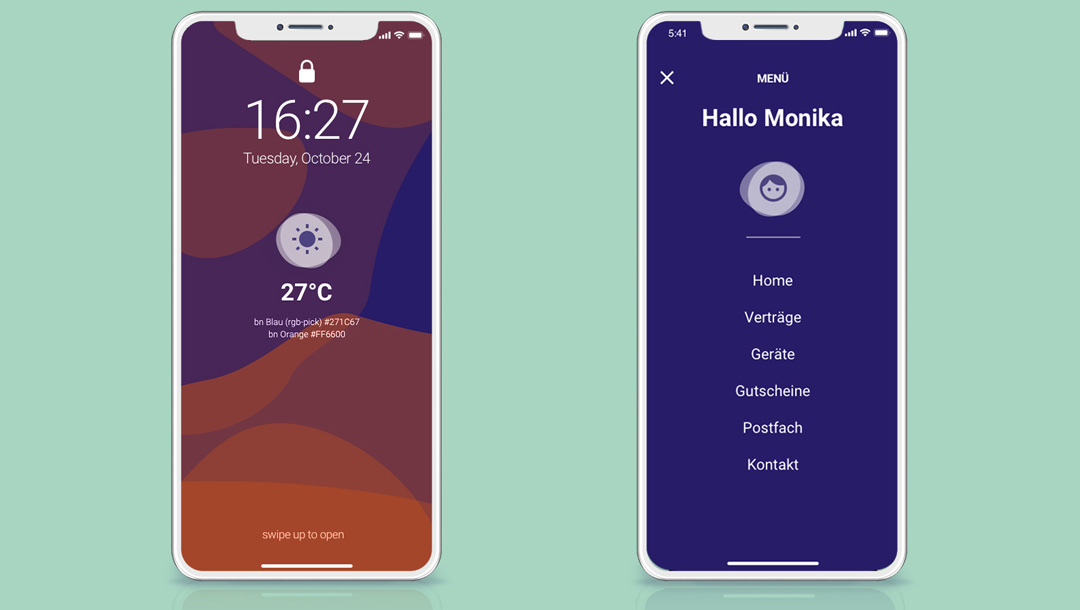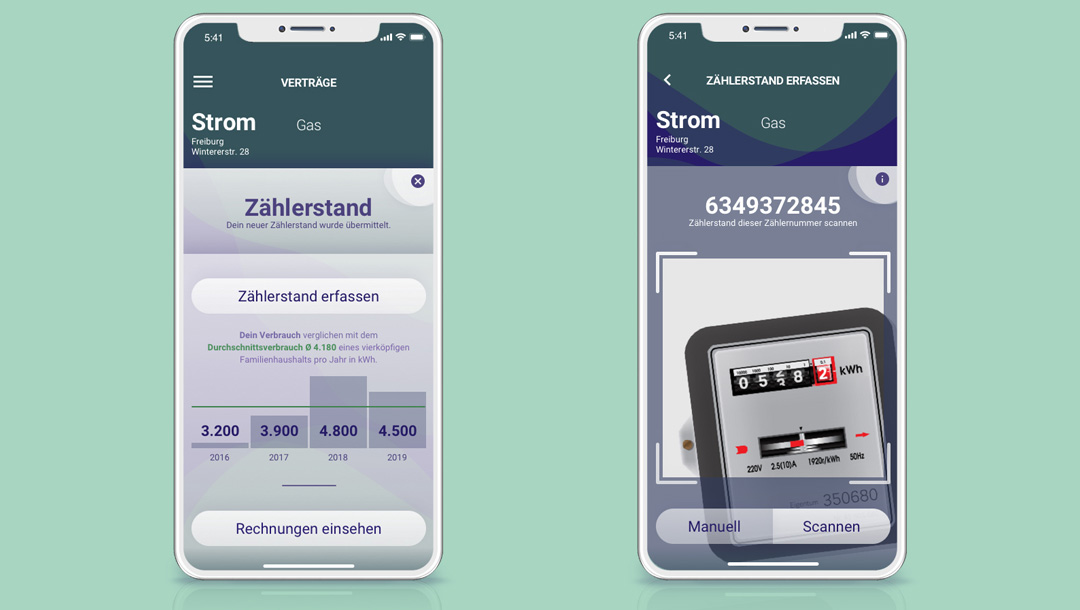3.12.2024
Customer-centric energy management: how to make the transformation a success
Energy transition, transport transition, climate protection, smart technologies, cybersecurity – these buzzwords characterize the modern energy industry and represent the key challenges and opportunities of our time. Customized products and services are becoming increasingly important. But how do energy companies succeed in gaining the trust of their customers and achieving real competitive advantages in an increasingly dynamic market? In this article, we present 5 strategies that will drive your customer-centric transformation in the energy sector.
Shaping the future of the energy industry: Customer focus as a success factor
From traditional energy suppliers to companies in eMobility and Smart City to start-ups developing innovative technologies for renewable energies or sustainable mobility – all players are increasingly having to deal with the challenges of digitalization, sustainability and rising customer expectations. The key challenge is to adapt to this change without losing sight of the customer. Through the targeted use of UI/UX design, service design and a well thought-out customer experience, companies can both meet customer requirements and strengthen their innovative power.
1. Innovation and idea generation: Impetus for the energy industry

Innovation is a key prerequisite for remaining competitive in the energy sector. This is not just about technological development, but also about creating offerings that are geared towards the needs and expectations of customers. Methodological approaches such as design thinking or ideation workshops help to identify these needs at an early stage and translate them into user-centered solutions. Structured idea generation not only enables companies to react more quickly to market changes, but also to develop new services that offer real added value.
Intelligent thermostats, energy management systems and smart chargers make energy consumption more efficient and increase the comfort of end users – whether private households or commercial customers. Such “new devices” and digital possibilities in buildings – from IoT-supported automation to AI-based control solutions – show how innovation not only enables sustainable energy flows, but also specifically addresses the expectations of the target group.
2. UI/UX Design: Competitive factor User friendliness
A good UI/UX design is crucial for customer loyalty. Customers in the energy sector expect user-friendly, intuitive applications – be it in customer portals, billing apps or applications for controlling smart home systems. When users can easily find what they need, satisfaction increases. A seamless experience not only reduces the abandonment rate, but also strengthens trust in the brand. UI/UX design is therefore a decisive lever for improving the customer experience and standing out in the market. Examples:
- User-friendly interfaces for smart grid solutions enable grid operators to monitor and control their infrastructure in real time.
- Intuitive apps for electric vehicle owners support them in finding charging stations, optimizing charging times or monitoring consumption.
- Systems with easy-to-understand data visualization are essential for water supply in order to monitor consumption, report faults and enable proactive maintenance measures.
- There are also a variety of solutions in the area of energy management and storage, such as apps for end customers who can view their energy consumption from various sources in real time or efficiently manage private electricity storage systems.
UX Showcase: Strategy consulting and prototyping for energy service providers
From electricity supplier to digital energy service provider – that is Badenova’s mission. Badenova is focusing on consistent customer centricity and increasing digitalization throughout the company. UID laid an important strategic foundation for the change process with a market and user study. We also used an app prototype to show how Badenova can offer its customers added value with an additional digital ecosystem.
3. Service design: redesigning services

Service design is applied wherever services need to be designed in such a way that they optimally meet customer needs. This is particularly relevant in the energy sector, as services are often complex and technically demanding. Well thought-out service design can help make it easier for customers to access services, e.g. through 24/7 support options or self-service tools for topics such as the installation and management of solar systems. The aim is to guide the respective target group through the entire service process and ensure a seamless, positive experience.
4. Customer experience design for long-term customer satisfaction
Customer experience design means consistently designing the entire customer journey – from initial contact to after-sales service – from the customer’s perspective. This is particularly important in a service-intensive area such as the energy sector in order to build long-term customer loyalty. This includes simplifying processes, personalizing interaction and offering quick solutions. Companies that actively shape the customer experience achieve higher satisfaction, lower churn rates and long-term customer loyalty.
5. Anchoring changes in the company
The transformation to a customer-centric company requires comprehensive changes in processes and often also in the corporate culture. The first step is often a thorough stocktaking: which processes are still internally focused and which need to be adapted in order to become more customer-centric? This ranges from optimizing customer service to integrating customer data into product development. In the long term, companies in the energy sector benefit from a clear focus on customer value by becoming more flexible and competitive. Our Changitors work with you to shape this change and put your employees and customers at the center of a successful transformation.

Customer centricity as an innovation factor in the energy sector
Customer centricity offers companies in the energy sector an opportunity to drive innovation and position themselves sustainably in the market. Those who actively shape change not only create a better customer experience, but also increase their own agility and responsiveness to dynamic market conditions. The question that companies should ask themselves is: what steps can they take today to shape tomorrow’s innovations in the interests of their customers? We are happy to support you!
The author
As CEO of UID GmbH, Ralph Siegert and his team develop the digital product worlds of tomorrow and anchor UX in companies in a sustainable and agile way. With 25 years of experience in digitalization, often as a product owner in agile projects, he is an expert in the development of digital and innovation strategies. Before joining UID, Ralph worked for various IT service providers and international agencies for renowned clients as a link between the digital world, technology and business.

UID is your UX partner for the transformation in the energy industry
As a UX agency for innovation, design and strategy, we have successfully designed user-centered digital products in more than 5,000 projects. As part of the BAYOONET Group with 400 experts, we develop complex software solutions with optimal UX – even for highly regulated industries such as medical technology or mechanical engineering.



